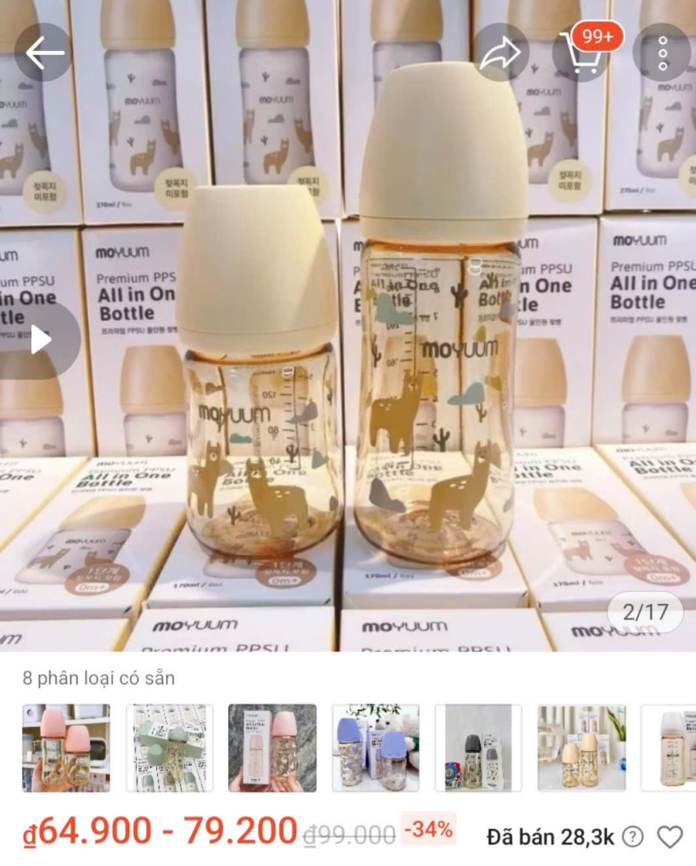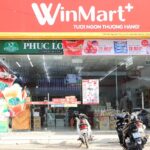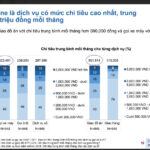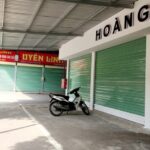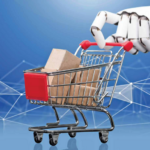In the digital age, a few taps on our phone screens unlock a world of online shopping. However, lurking behind this convenience is a matrix of counterfeit, imitation, and substandard goods infiltrating every corner of the market, from urban to rural areas.
E-commerce has revolutionized the flow of goods, allowing consumers to purchase everything from medicine and cosmetics to electronics, food, and baby products online. But the flip side of this convenience is the opportunity it presents for counterfeiters to infiltrate the market. As such, curbing the proliferation of counterfeit goods requires not only strict law enforcement but also the active participation of consumers.
COUNTERFEIT GOODS ARE BECOMING MORE SOPHISTICATED
The technology used to produce counterfeit and imitation goods is evolving. No longer confined to small-scale operations, counterfeit goods are now being manufactured in large factories and production lines, utilizing advanced printing technologies and sophisticated packaging that replicates even the tiniest details, from barcodes and anti-counterfeiting labels to product information.

Ms. Nguyen Thu Hang from Binh Thanh, Ho Chi Minh City, shared her experience of finding a shop on an e-commerce platform selling Comotomo baby bottles for just 70,000 VND, with a “Sale 90% only today” promotion. When she received the product, she noticed that the packaging was neat and the bottle looked genuine, with intricate details resembling the authentic brand.
“The material felt similar to the genuine product, and the embossed/recessed details were almost indistinguishable. If mothers don’t research the product, they might not realize it’s a counterfeit,” Ms. Hang said.
Suspecting that the bottle might be a counterfeit due to the extremely low price, Ms. Hang, aware that authentic bottles from reputable brands undergo strict quality control processes, decided to test it by pouring boiling water into it. The bottle showed signs of clouding and slight deformation, confirming her suspicions. Further investigation revealed that counterfeit bottles are often made from recycled plastic, unable to withstand high temperatures, and potentially leaching toxic substances such as BPA, lead, and phthalates.
Mr. Nguyen Quang Huy, Deputy Chief of the Market Management Division of Ho Chi Minh City, warned about a particularly dangerous tactic used by counterfeiters: mixing genuine and fake products. This approach aims to build initial trust with consumers and deceive authorities during random inspections, making detection more challenging.
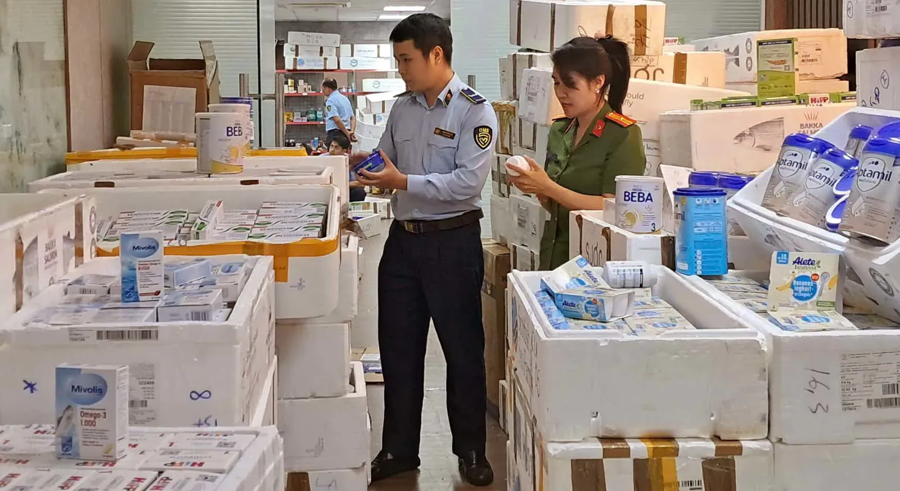
At a recent seminar on “Product and Goods Traceability in National Digital Transformation” held in Ho Chi Minh City, Dr. Trinh Ba Duong, Chairman of the ASEAN Trade Promotion Alliance (AseanHub), emphasized that counterfeiting involves not only copying product designs but also falsifying information, data, and traceability codes.
“Traditional methods like labels and barcodes are no longer sufficient to counter these sophisticated tactics and are proving inadequate, easily replicated, or even counterfeited, including QR codes,” said Dr. Duong. He advocated for breakthrough solutions that integrate smart technologies and interconnected digital data ecosystems.
TECHNOLOGY AS A TOOL FOR CONSUMERS
At a recent national online conference to review the first six months and summarize the peak period of anti-smuggling, trade fraud, and counterfeiting, Lieutenant General Nguyen Van Long, Deputy Minister of Public Security, mentioned one of the tasks assigned to the Ministry by the Prime Minister within the framework of Proposal 06: coordinating the development of a product origin database.
“The Ministry of Public Security, in collaboration with the Ministry of Industry and Trade and VNPT, is developing this system, expected to be operational by the end of this year,” said Mr. Long. Initially, the system will apply to specific commodity groups. Once operational, the platform will enable consumers to trace product origins, helping curb trade fraud, counterfeiting, and smuggled goods while providing data for policy formulation.

Recognizing the need for effective product traceability solutions, the Vietnam Anti-Counterfeiting Association (VATAP) has introduced a QR code-based product traceability system, Vatap CheckVN. Consumers can scan the QR code on products to verify their authenticity.
Meanwhile, lawyer Pham Van Tho, Chairman and CEO of Activ Anti-Counterfeiting Company, proposed a product traceability solution using RFID (radio-frequency identification) chips. Each RFID chip has a unique identifier and can store information about the production and distribution process, including product, location, and event traceability codes.
“By embedding chips during the manufacturing process, we can prevent counterfeiting and easily trace the origin of products,” said Mr. Tho.
Another underlying reason for the prevalence of counterfeits is consumer purchasing habits. Many consumers knowingly buy products of unknown origin or substandard quality due to their attractive prices and appealing designs. This inadvertently encourages commercial fraud.

Many countries have implemented stringent measures to combat counterfeiting, with significant penalties for both sellers and buyers. For example, in Belgium, tourists found with counterfeit goods can be fined between 500 and 100,000 Euros. In Italy, consumers face fines of up to 11,000 Euros for purchasing counterfeit goods from illegal suppliers. And in Ireland, if the value of counterfeit goods exceeds 250,000 Euros, consumers can be sentenced to up to five years in prison…
Therefore, it’s time for consumers to change their shopping habits and behaviors to support the government’s efforts in combating commercial fraud. When purchasing goods, consumers should inspect the packaging and labels. Genuine products typically provide comprehensive information about the manufacturer, expiration date, and barcodes or QR codes for origin tracing.
Consumers are also encouraged to use mobile applications or official websites of authorities to verify product information before making a purchase. It is advisable to buy from reputable stores, supermarkets, authorized dealers, or well-known e-commerce platforms that offer clear return and warranty policies. Report any suspected cases of counterfeiting or substandard goods to the authorities, providing samples and seller information, to protect the community.
Online Shopping, Food Delivery, and Ride-Hailing: Which Service Has the Highest Consumer Spending in Vietnam?
The average Vietnamese individual spends an impressive sum on super-app services monthly, ranging from 238,000 to 1.1 million Vietnamese Dong. This equates to a substantial allocation of their finances to these versatile applications, highlighting their integral role in modern daily life.
The Commerce Ministry Explains Why Many Stores and Businesses Have Shut Down.
“On the evening of June 19, at the Ministry of Industry and Trade’s regular press briefing for the second quarter, Mr. Hoang Anh Duong, Deputy Director of the Department of Domestic Market Management and Development, elucidated the reasons behind the closure of thousands of shops and businesses on streets and in traditional markets across the country.”


























